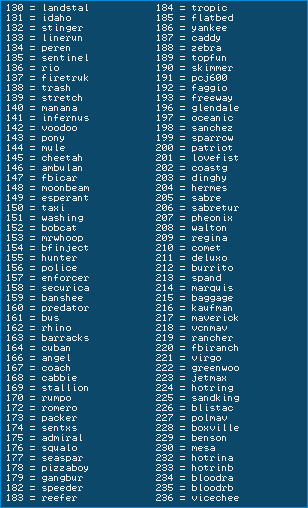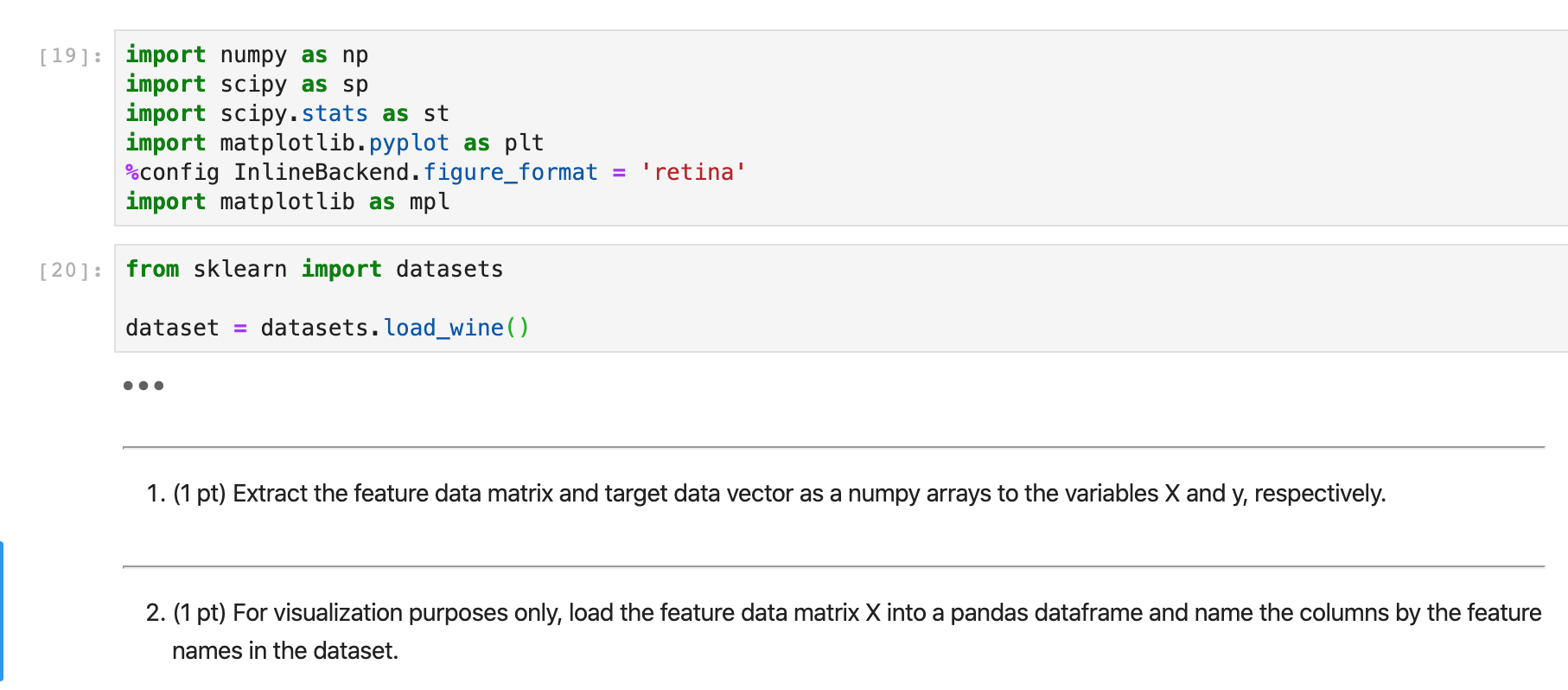

Statsmodels has statistical tests, plotting, and plenty of helper functions. Statsmodels on the other hand provides statistical models with a formula framework similar to R and it works with pandas out of the box.
How to import scipy code#
It’s more like library code in the vein of numpy and scipy. Scipy.stats has all of the probability distributions and some statistical tests. also when I want to installed with command line I get the following message which means that I have it already. Dense Array: is the opposite of a sparse array: most of the values are not zero. It can be an array like this one: 1, 0, 2, 0, 0, 3, 0, 0, 0, 0, 0, 0 Sparse Data: is a data set where most of the item values are zero.
Statsmodels has scipy.stats as a dependency. import scipy Traceback (most recent call last): File 'Performance IQ scores based on the four Wechsler (1981) subtestsĪlthough statsmodels is not part of scipy.stats they work great in tandem.some very important functions worth to mention in here. Verbal IQ scores based on the four Wechsler (1981) subtests In here I will combine pandas data loading with scipy.stats module. show ()Īs you may note we are trying out the linear and cubic interpolation and using the 1d function. plot ( interpolation_time, cubic_results, c = 'g', label = 'cubic results' ) ax. plot ( interpolation_time, linear_results, c = 'r', label = 'linear results' ) ax. linspace ( 0, 1, 50 ) linear_interp = interp1d ( measured_time, measures ) linear_results = linear_interp ( interpolation_time ) cubic_interp = interp1d ( measured_time, measures, kind = 'cubic' ) cubic_results = cubic_interp ( interpolation_time ) ax. scatter ( measured_time, measures ) # Blue dotsįrom scipy.interpolate import interp1d interpolation_time = np.


pi * measured_time ) + noise fig, ax = plt.
How to import scipy install#
random ( 10 ) * 2 - 1 ) * 1e-1 measures = np. You can also use pip (the alternative Python package installer) to install numpy and scipy for the whole system: sudo apt-get install python-pip sudo pip. Import matplotlib.pyplot as plt measured_time = np. Various utilities that don’t have another home. There is also a module called scipy.misc for You will get a similar message once the installation is complete: Note: As you can see in the above image, there are a couple of dependencies that are not resolved. For more dependencies check out the official link Users who prefer to use pip can use the below command to install Scipy package on Windows: pip install scipy. Imports in Python are important for structuring your code effectively. SciPy is concise open-source library based on NumPy, Pandas, Matplotlib, SymPy. In Python, you use the import keyword to make code in one module available in another.


 0 kommentar(er)
0 kommentar(er)
